• In the digital age, the traditional concept of libraries is undergoing a significant transformation, giving rise to the e-library or digital library. This evolution from physical to digital is facilitated by specialized e-library software, which serves as the backbone of modern library systems, offering accessibility, efficiency, and a vast expanse of knowledge at our fingertips.
E-library software encompasses various types of applications and platforms used to manage, access, and disseminate digital collections of books, journals, and other educational materials. From comprehensive library management systems to specific digital library applications, this software is the linchpin in the operation of modern libraries.
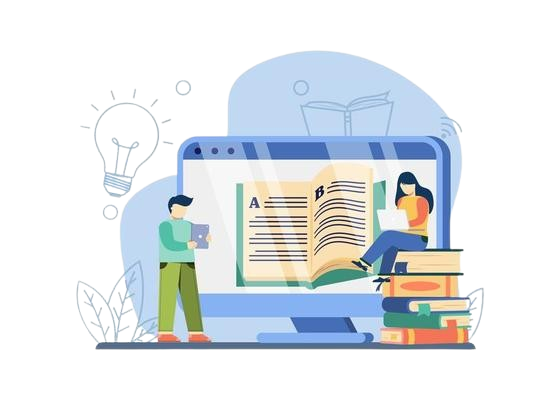
While a digital library includes software, it's more accurately described as a collection or repository of digital content, managed and accessed using specialized software solutions.

Library system software is a category of applications designed to manage the day-to-day operations of libraries, including cataloging, circulation, and inventory management, often incorporating digital collections.
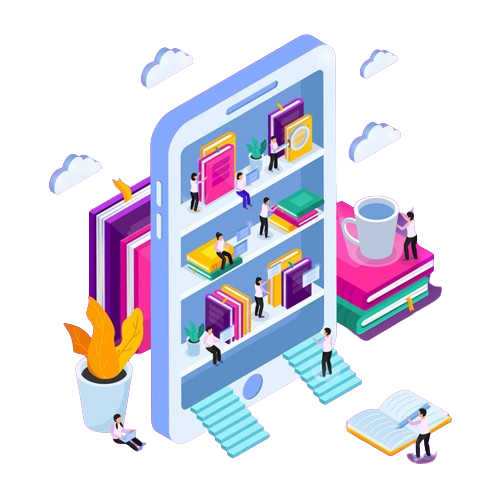
E-library examples range from academic databases like JSTOR and Project Gutenberg to
public digital libraries like the Digital Public Library of America. There are three primary types
of digital libraries:
• Academic Digital Libraries
• Public Digital Libraries
• Specialized Digital Collections
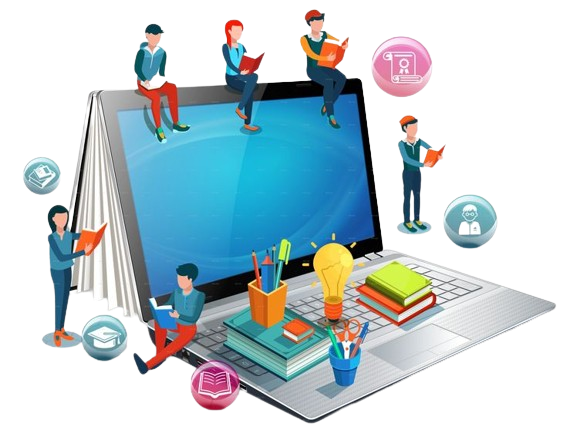
The "best" library software depends on the specific needs of the library, considering factors like user-friendliness, scalability, and integration capabilities. Koha, an open-source integrated library system, is widely regarded for its flexibility and comprehensive features.
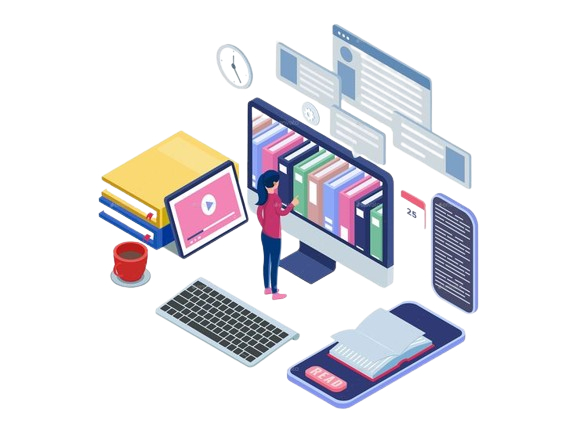
There are two main types of library software:
Integrated Library Systems (ILS),
which provide end-to-end management of library operations.
Digital Library Software, focused on managing digital collections and providing access to digital
content.

E-libraries are crucial in democratizing access to information, supporting education and research, and preserving digital content for future generations.
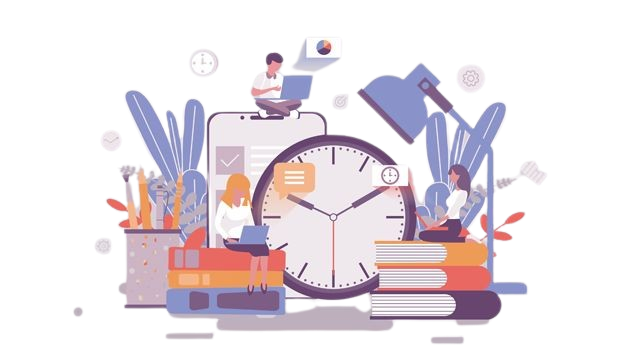
The first digital library is often attributed to Project Gutenberg, initiated by Michael Hart in 1971, which aimed to create free electronic versions of literary works.
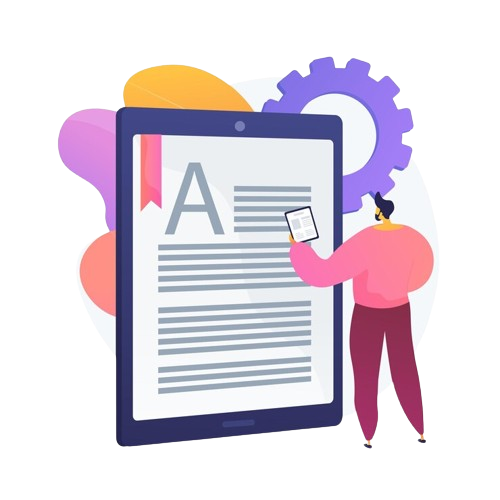
The creation of digital libraries has been a collaborative effort involving librarians, computer scientists, and institutions dedicated to the advancement of digital knowledge.
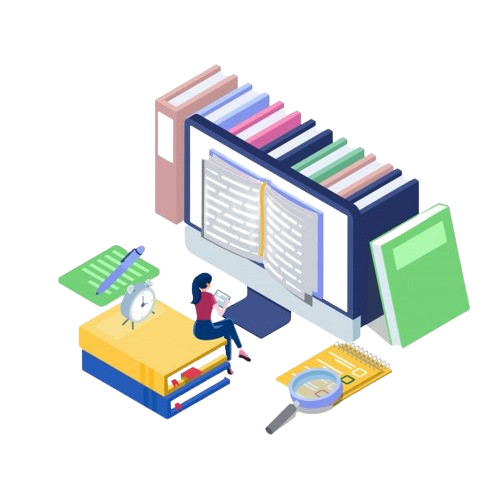
While not specific to digital libraries, Melvil Dewey, known for the Dewey Decimal Classification system, is often regarded as a pioneering figure in library science.
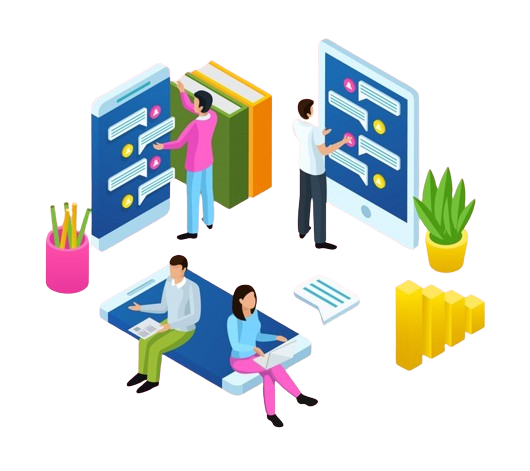
TThe best online libraries and the largest digital libraries, like the Internet Archive and Google Books, offer unprecedented access to a wealth of knowledge and literature.
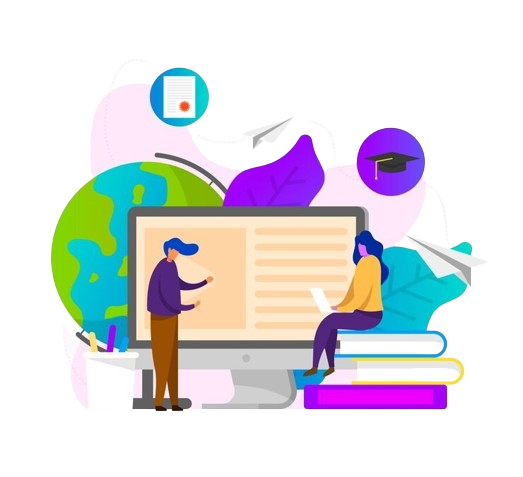
India's Digital Library of India initiative and the National Digital Library of India are notable contributions to the global digital library landscape.
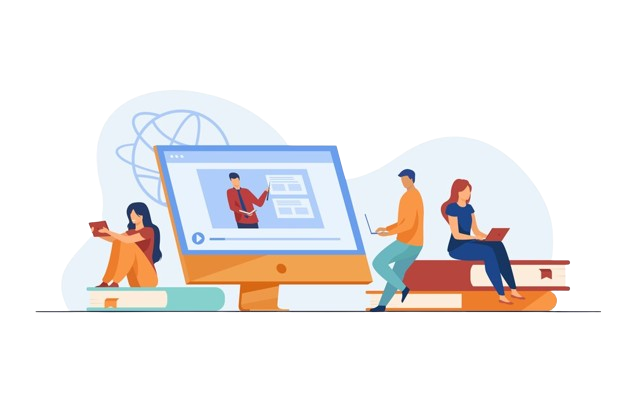
The World Digital Library, a project led by the Library of Congress and UNESCO, is among the most famous digital libraries, showcasing cultural heritage from around the world.

At i9 Innovations & Educations, we specialize in developing custom e-library solutions tailored to meet the unique needs of institutions and organizations. With our in-house expertise, know-how, and resources, we are equipped to build and implement state-of-the-art e-library systems in a very short span of time, propelling your institution into the digital future.
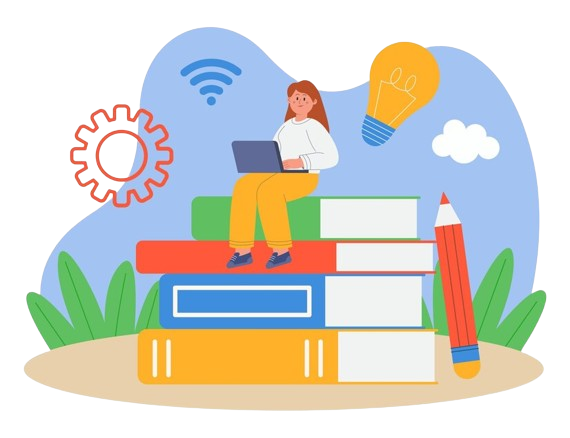
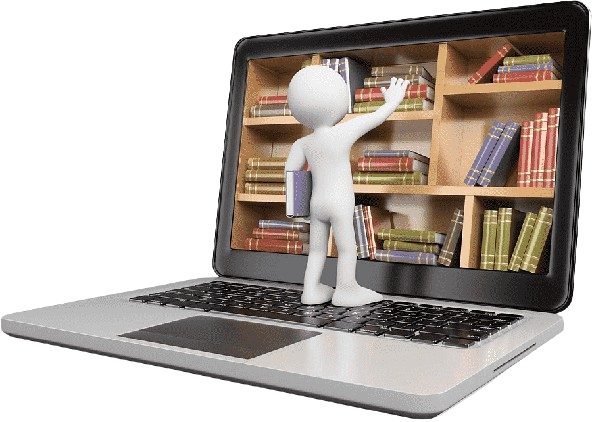
Software libraries are used to store and manage code, functions, or digital assets, facilitating the development of software applications by providing reusable components.

E-libraries work by digitizing content and making it accessible through a digital platform, often requiring users to search, browse, and download or view digital materials online.

E-library content, including e-books, academic papers, and journals, is often available in PDF format or other digital formats, making it easily accessible and readable on various devices.

Digital libraries are called so because they provide digital access to collections of books, documents, and other media, transforming the way we access and interact with information.
The advent of e-library software represents a pivotal shift in how knowledge is stored, accessed, and shared. As we move further into the digital age, institutions like i9 Innovations & Educations are leading the charge, ensuring that libraries continue to be bastions of knowledge and education, accessible to all in the digital realm.